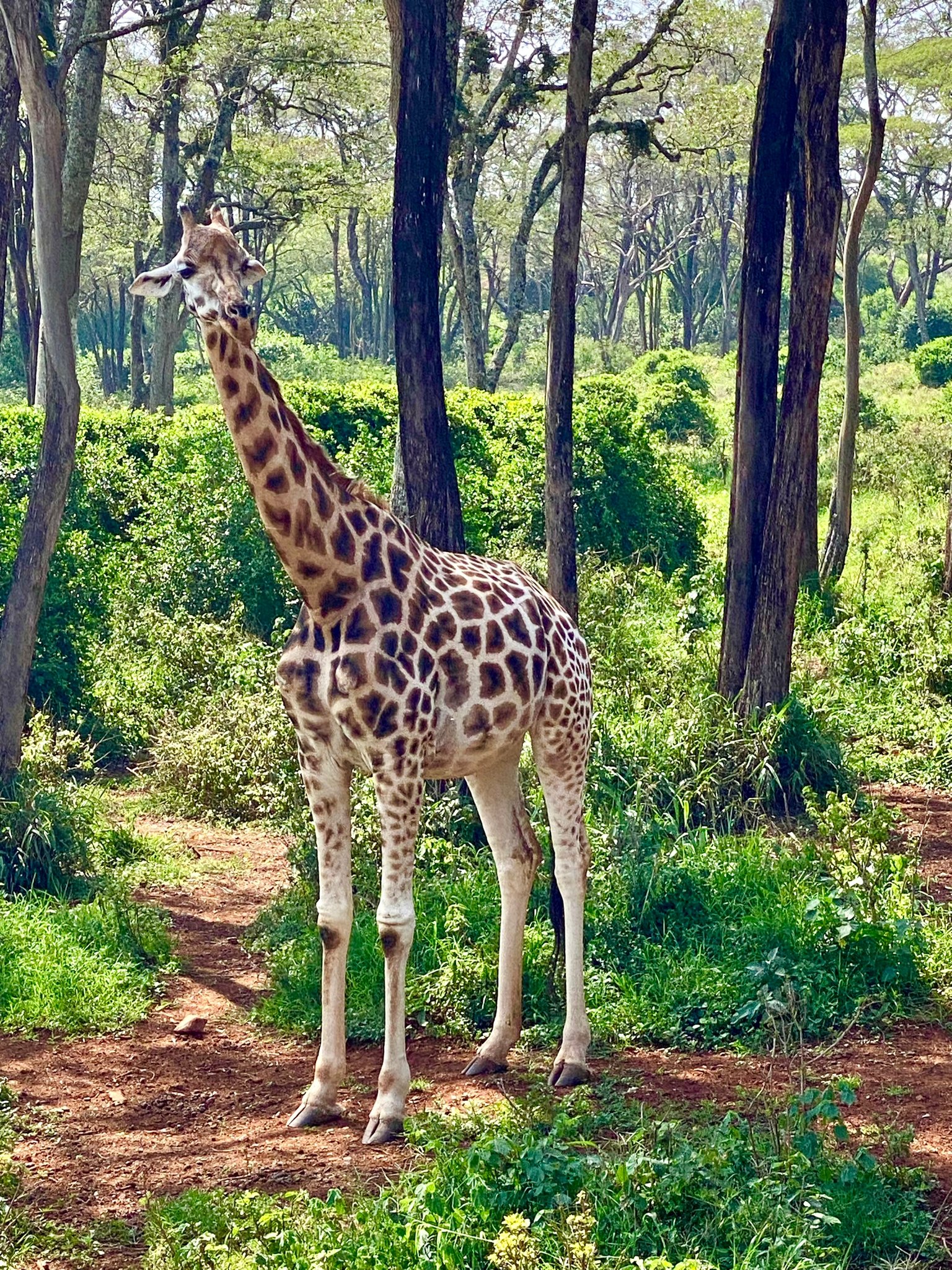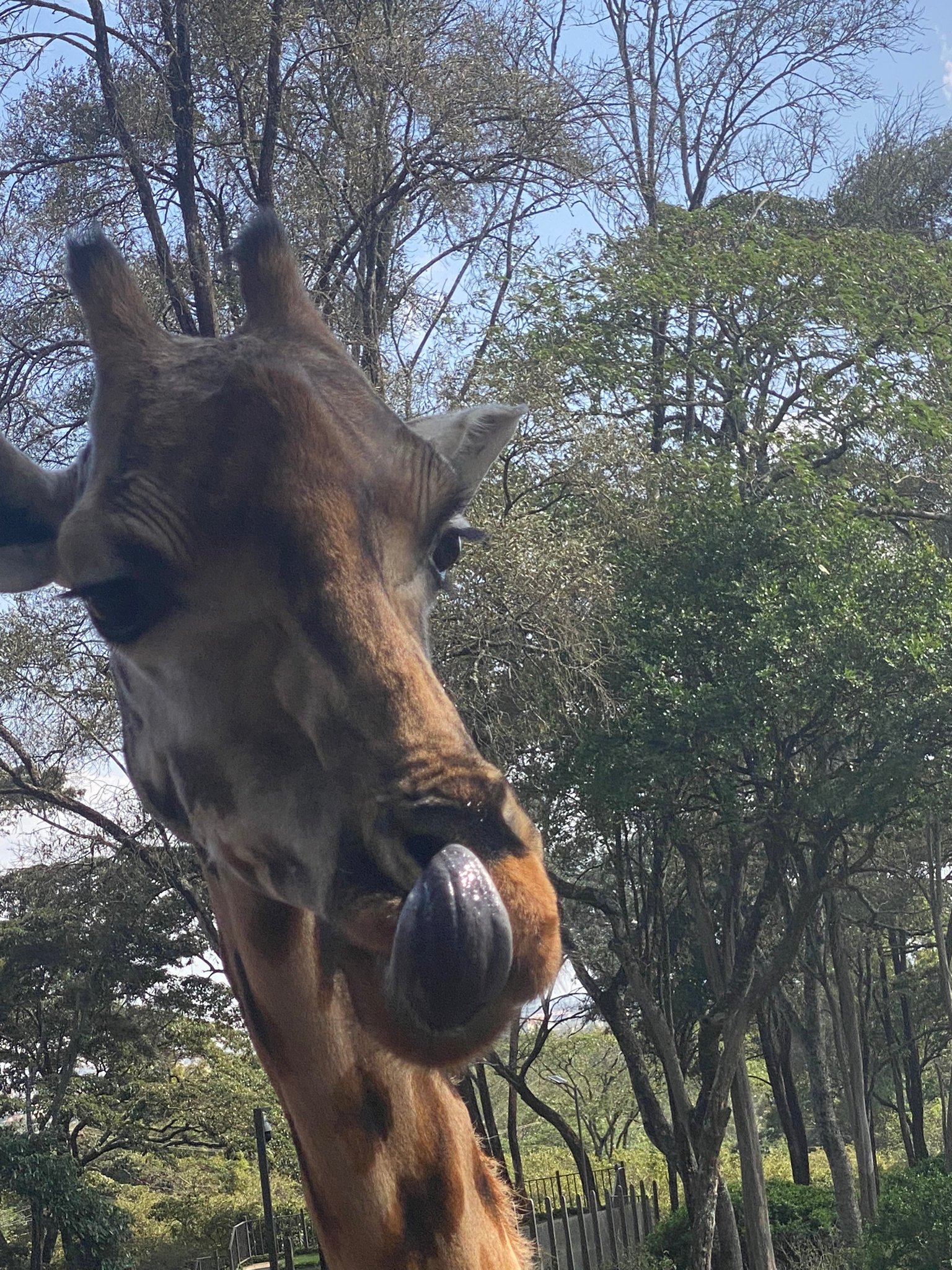So I see with some shame that it has been nearly 11 months since I last posted on this site. The demands of full time work, a slightly depressed perspective on the state of the planet, self-doubts on the value of my contribution to the debates around sustainability, the environment and nature conservation (in comparison to the many who do it with more rigour, relevance and general style) along with a big fat dollop of laziness can all take some of the blame.
Still we have entered (or about to enter, depending on your preference of calendar) a New Year. With that comes renewed optimism (both my own and dare I say it globally) and a resolution on my front to at least try and do some more writing outside of work.
However, I should warn you that my first project, which should end up being a four-parter, is really a terribly selfish act of humble bragging as I relive some of the best bits of a recent family return to Kenya. This was our first visit since we spent four years living here back at the tail-end of the 1990s (and the place we got married) so as you can imagine it was rather the nostalgia-fest.
Still, I promise that this won’t be a blow-by-blow account, more a snapshot of some of the highlights when it comes to the unique landscapes and amazing wildlife encounters that we were lucky enough to experience in this truly beautiful country. It’s also an excuse to find a place to dump some of the many, many, many photos I took. Please feel free to ignore.
Sheldrick Wildlife Trust
Our trip started with visits to two of our favourite places in Nairobi from 20 years ago, two places that continue to have a positive impact on Kenya’s ongoing conservation efforts.
Located off Magadi Road down a dusty dirt track that skirts the edge of the Nairobi National Park, you’ll find the Nairobi HQ of the Sheldrick Wildlife Trust. Founded by British-Kenyan conservationist Daphne Sheldrick, this remarkable organisation has been working to rescue and rehabilitate orphaned baby elephants from all over Kenya for nearly fifty years.
The Nairobi nursery is where the young elephants are brought after some form of traumatic experience has left them orphaned or abandoned by their herds. Typically aged between 3 months to 3-4 years, and often suffering from injuries they simply wouldn’t survive if left in the wild. Fortunately, a dedicated army of doting green-coated carers are on hand to help them recover from their physical and mental scars and nurture them back to good health.
From sleeping with the elephants in their stables at night so they don't feel lonely to taking them on bush walks to learn how to survive in the wild, the carers really take on the role of protective parents. They also have the almost full-time job of making sure they keep the voracious babies well-fed with special milk-formula designed through much trial and error to replace their original mother’s milk.
The ultimate aim is to reintegrate them back into wild herds living in three different areas of Tsavo National Park. Started in 1977, the charity has now successfully raised over 300 elephants as well as countless other wild animals including rhinos and giraffes. They also use the funding they receive to run anti-poaching campaigns, veterinary projects and community outreach programmes.
The best bit is that you can help support their important work and get the chance to get up close and personal with these beautiful, and often pretty mischievous, animals at the Nairobi center. The trust runs daily lunchtime feeding sessions where visitors can get to meet the orphan herd, hear more about the work of the organisation and learn what led the animals to be there in the first place. Sadly that’s often the result of human-wildlife conflict as elephants wander into villages or encroach into farmland; though in more positive news it’s much less a result of poaching these days, which has thankfully continued to decline in Kenya over recent years.
There were 31 members of the creche when we visited and it really is a wonderful experience to get to watch the babies greedily guzzle on milk-formula from oversize feeding bottles and generally mess about in the water and mud - when we were there a mini-fight broke out as one of the older elephants tried to dunk a more junior member of the herd. If you’re lucky, you might also get a chance to give one of the braver elephants a quick scratch behind the ears if they decide to wander up to the rope that is all that separates them and their captivated audience.
It really is a special place and a must for anyone passing through Nairobi. It’s open every day except Christmas Day between 11am-12 noon with an adult ticket costing US$15 - but make sure you book ahead.







Even if you can’t visit, make sure to take a look at their excellent site, which has loads of great information about the history of the Trust, their current herd of elephants and all the different conservation projects they are working on. You can sign up to the excellent monthly newsletter from Daphne’s daughter Angela who took over running the project after her mother passed away in 2018, which gives updates on the latest rescues, and offers an insight into the day-to-day challenges of running the trust.
There’s also an option to adopt an elephant for the year and get regular messages on how they are doing via email. Of course we couldn’t resist and now wait for news on Kindani, a 4 year old female who has somehow got separated from her family at just one week old and Shujaa, a one year old male who had got stuck in mud and was being particularly naughty during our visit.





Giraffe Centre
The Orphanage is not the only conservation project to be found on the fringes of the city - and that’s ignoring Nairobi National Park, which offers the chance of spotting zebras and rhinos as you come into land at Jomo Kenyatta International Airport.
Twenty minutes drive from the Wildlife Trust, tucked away down the leafy and often slightly potholed roles of Langata, there’s a chance to get face to face with the world’s tallest land mammal at the Giraffe Centre.
This is an education and breeding centre for Rothschild Giraffe, an endangered subspecies of giraffe - distinguished from its close relations the Maasai Giraffe thanks to its paler orange brown patches - that typically find their home in the ever diminishing grasslands of East Africa. It’s a very worthy cause, however we would be lying if we didn’t admit that the real draw here is the chance to get face to face with these intriguing creatures that manage to be both majestic and slightly ridiculous in equal measure.
As with the elephant orphanage, it’s just such an incredible experience to be able to get so close to these remarkable animals as you climb onto the raised viewing platform and hand-feed the resident herd (known as a tower). Not only does it give you the chance to admire the grace of these beautiful animals - they walk with a wonderful rolling gait and boast what must be the animal kingdom’s best eyelashes - but you also get to experience first hand the dexterity of their long (and very slimy) prehensile tongues. In the wild, these tongues are used to carefully remove the tender leaves from thorn-covered acacias but at the Centre it allows them to delicately pluck the clearly very moreish food pellets, made from a mix of corn, wheat, grass and molasses, from the fingers (and for those brave enough) lips of visitors.
Rothschild Giraffe were close to extinction due to loss of habitat when the founders, the late Jock Leslie-Melville, and his American-born wife, Betty decided to try and make a difference by bringing a pair of the endangered creatures Daisy and Marlon to the home in the Lang’ata suburb. They then opened the centre in 1983 in their grounds with the twin aims of educating Kenyan schoolchildren to the wonders of their local wildlife and developing a breeding program to help try and conserve this critically endangered subspecies of giraffe.
And they have been pretty successful on that front, breeding and releasing around 40 giraffes into various parks around Kenya since the centre opened. Despite these efforts Rothschild Giraffe remain critically endangered in the wild, with less than 2000 living in protected wildlife areas in Uganda and Kenya.
The resident tower at the Centre, typically contains a few breeding adults, including Daisy IV the great-granddaughter of the original Daisy, and the latest batch youngsters who tend to be released into the wild around the age of two. Until then they get to enjoy this pretty patch of wooded parkland. It’s a home they share with a plethora of bird life and a resident gang of warthogs who can usually be spotted snuffling up any dropped pellets.
While a visit normally lasts around an hour, those with money to spend can always extend their visit with a stay at the adjacent Giraffe Manor, an impressive 1930s manor house styled-lie that can be spied through the acacia trees from the viewing platform. This was previously the home of the Leslie-Melvilles but its ivy-covered walls and manicured lawns are now one of the most exclusive (and expensive) hotels in East Africa. It’s particularly famous for the chance it offers guests to have their breakfast interrupted by one of the resident giraffes sticking its head through the window in the hope of a snack.
I’ll confess we came to the Giraffe Centre on our very first day of moving to Kenya, so it has particularly special memories for us. It was really great to see the improvements that have taken place and even better to see it continuing to carry out its important conservation work. You can pre-book tickets which cost KES 1500 for Adults and KES 750 for Children as well as picking a date and time slot here.
Next time: The Great Rift Valley, Hells Gate and Lake Naivasha


